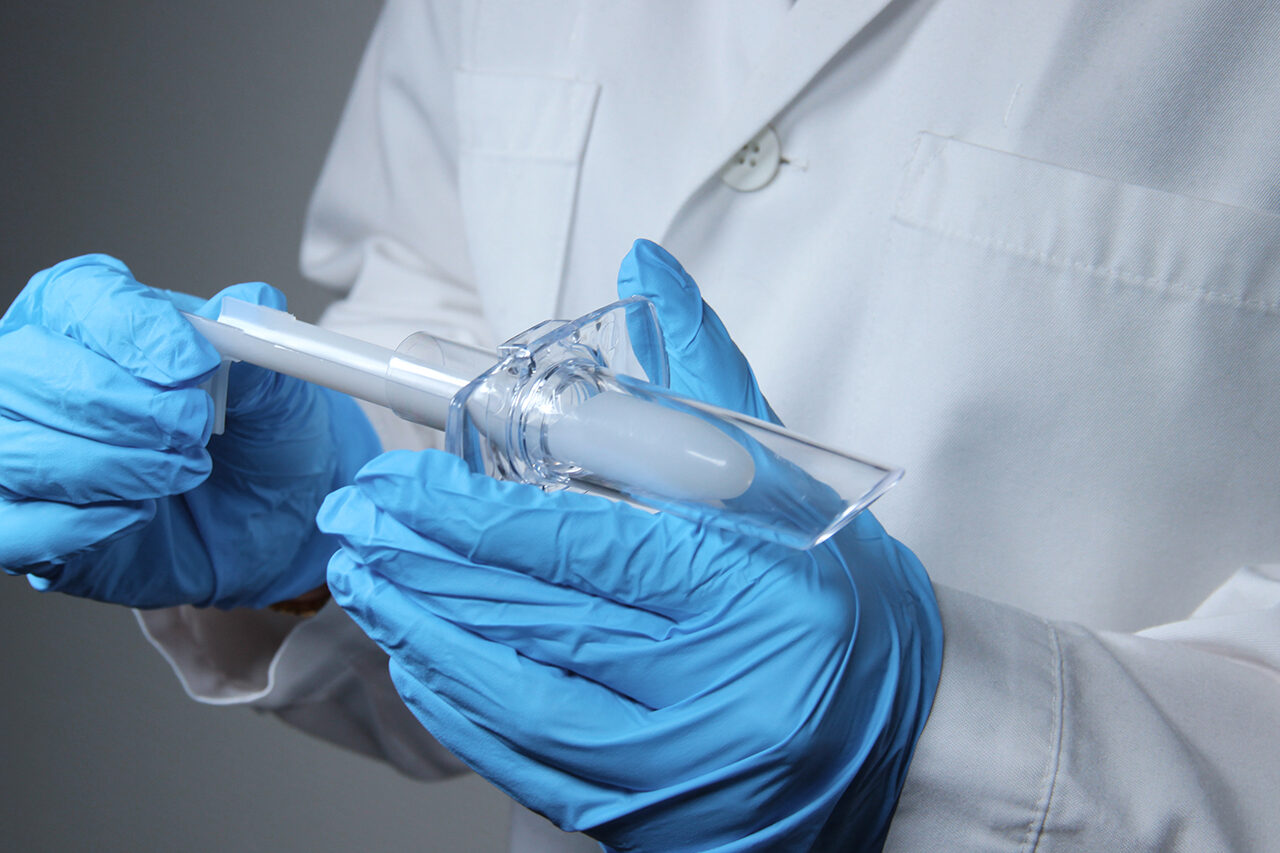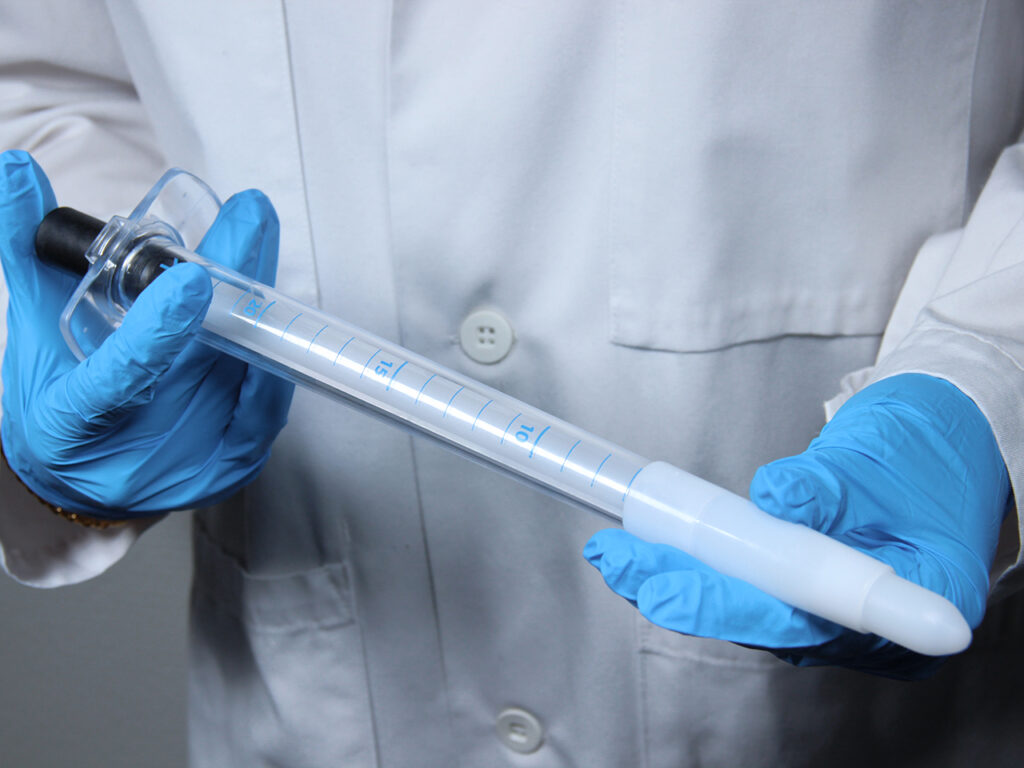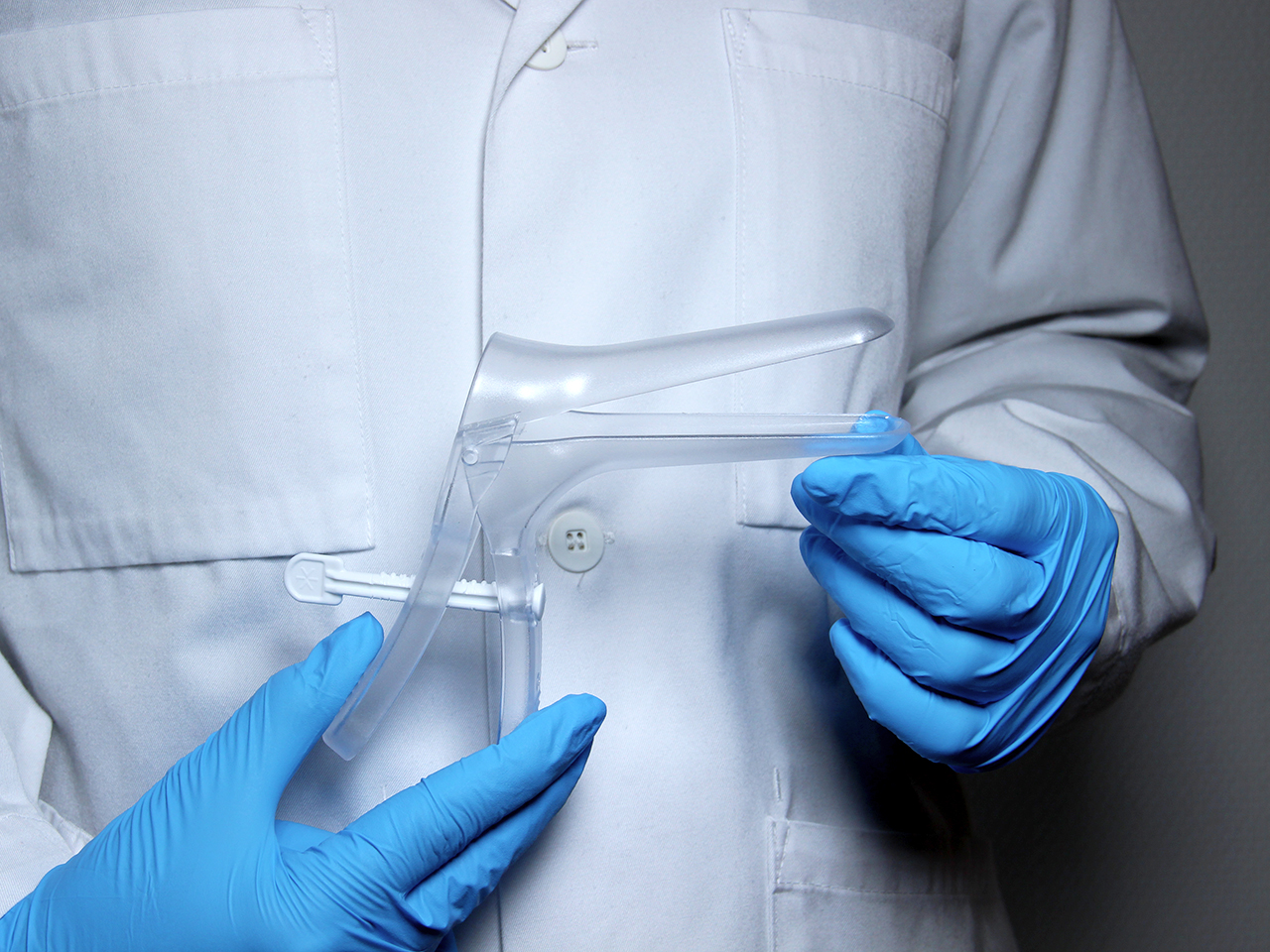Why disposable medical instruments are a smarter choice!

Switching to disposable medical instruments can save thousands of litres of water, hundreds of kWh of energy, and valuable Time — All while improving infection control and patient safety!
In the medical field, efficiency, cost-effectiveness, and hygiene are critical. A simple yet impactful change — replacing reusable medical instruments like metal speculums, laryngoscopes, or rectoscopes with disposable alternatives — offers significant savings in both resources and labour, without compromising on care quality.
.
Water & Energy Savings
Reusable medical instruments, such as metal speculums or laryngoscopes, require extensive water and energy resources to be properly washed and sterilized. For example, metal speculums alone can require 1,500–3,000 litres of water per day (for every 100 units) during cleaning cycles, while sterilization processes demand 300–600 kWh of energy per day.
Studies published in PubMed confirm that reprocessing reusable medical instruments involves substantial consumption of these resources. For instance, research comparing reusable and disposable laryngoscopes highlights that reusable devices necessitate significant energy and water use, while disposable alternatives eliminate these requirements entirely.
Disposable medical instruments? Zero water and energy needed.
Time & Labor Savings
Cleaning and preparing reusable instruments like speculums or rectoscopes is a multistep, time-consuming process that follows strict protocols. For example, for a metal speculum to be washed, the process may include:
-
Immediately after use, contaminated instruments must be placed inside a covered container labelled with a biohazard symbol and tightly sealed.
-
Transport the container to a designated cleaning area.
-
Soak the instruments to loosen debris and organic material before washing.
-
Remove debris manually to prevent interference with sterilization.
-
Scrub manually using a detergent solution, or use an ultrasonic cleaner while wearing proper protective attire.
-
Rinse thoroughly under running water.
-
Visually inspect to ensure the instrument is completely clean and free from particles.
-
Place on a drying rack to prepare for sterilization.
-
Autoclave to sterilize the instrument for the next use.
-
Bag and store the sterilized instruments.
-
Document the entire process for compliance and record-keeping.
In contrast, disposable instruments? Use, discard, move on.
By eliminating these steps, healthcare professionals can redirect valuable time to patient care instead of instrument reprocessing.

Infection Control & Patient Safety
Disposable instruments are single-use, eliminating the risk of cross-contamination and improper cleaning. Even with meticulous reprocessing, reusable instruments can still carry contamination risks due to biofilm buildup or incomplete cleaning, as shown in several studies.
For example, using a fresh, unused speculum, laryngoscope blade, or rectoscope for each patient completely removes the risk of residual contamination from prior use, enhancing both infection control and patient safety.

Cost-Effective & Sustainable
Beyond labour and utility costs, switching to disposable medical instruments reduces operational expenses over time.
A cost analysis comparing reusable and disposable speculums, published in MDPI, found that over a 15-year period, disposable speculums cost approximately €23,998 compared to €51,579 for reusable ones (based on 25 examinations per day). This pattern applies similarly to other reusable instruments.
While disposable instruments eliminate water and energy waste, some may argue that they increase medical waste output. However, manufacturers are actively developing eco-friendly disposal solutions and recyclable materials to reduce environmental impact.
A Smart Choice for Healthcare
By switching to disposable medical instruments, healthcare facilities can streamline workflows, reduce costs, and enhance infection control — leading to better efficiency, improved patient care, and sustainable resource use.
